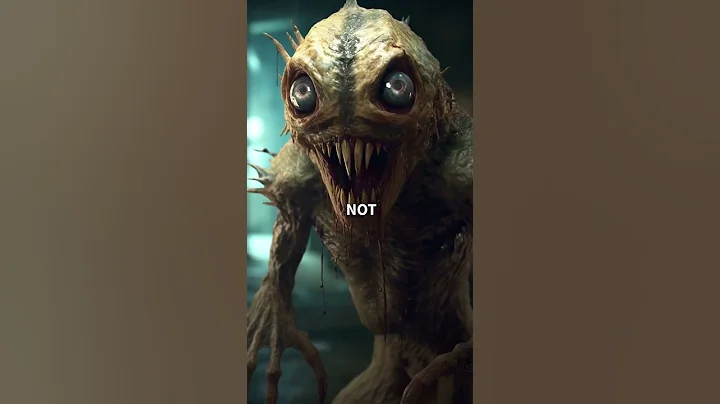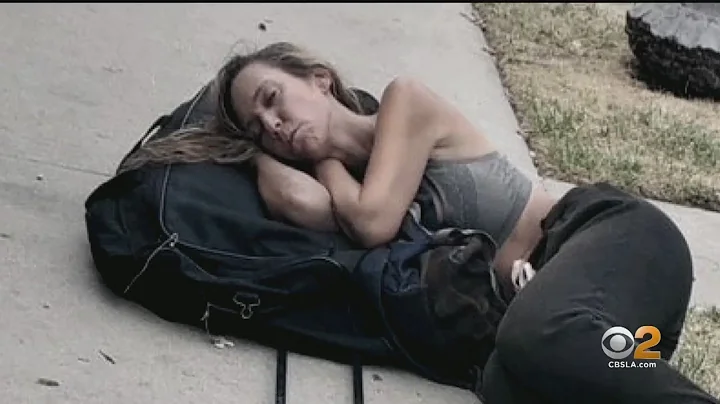"Struggle in the dream, cry for help in the dream, feel the nerve freeze in the dream, as if taking a breath, forever deep into that world."
People are at a loss to explore consciousness. Consciousness has obvious barriers to understanding the human world. This barrier stands in the human brain. It is invisible and does not exist. Even the most advanced computers today cannot decipher the mysteries of consciousness. All human knowledge originates from consciousness. But consciousness cannot find a corresponding organ in the human body. Human beings have consciousness, but they cannot find consciousness. In fact, we would not be aware of our consciousness if we were not deliberately looking for it.

Picture source network: Brain and consciousness
In the field of exploration of consciousness, there is a place called the mysterious restricted area . Since Freud made this place a priority, people have not become more awake, but have fallen into more and deeper chaos. Consciousness is still orderly and followable, although it is hidden and cannot be found in its area. But consciousness is like a "whole piece" that is woven together one after another and slowly perceived by us. is difficult to understand, consciousness is the incarnation of order that is incomprehensible, while subconscious is completely dependent on chaos.
Freud took the lead in exploring the subconscious, and mapped the iceberg between consciousness and subconsciousness. At the same time, he designed a set of inner but empty mental organs for it. Freud regarded "spirit" as a system running within the human body, an existence on the same level as the digestive system and urinary system. Consciousness is also caught in this system and occupies a small part of this system. " All we can see are icebergs on the sea. However, there are more secrets hidden under the icebergs! "

Image source network: Iceberg
Scientists who adhere to scientific principles and stubbornly adhere to biological principles, even if If you open your brain a hundred times, you won't be able to find the so-called "spiritual system." Brain scientists try to use nerve conduction signals to explain human behavior. It seems impeccable in theory, but they are at a loss when it comes to the order of information. The way everyone perceives the world is holistically, and they perceive it as a whole. Rather than distinguishing specific channels. Moreover, it seems that consciousness can only be inherent in the human body, and its principles cannot be simulated through "manufactured" means. We can now create artificial hearts and cochlear implants . We don't have to explain the operation of various organs and systems in the human body, but we can at least have an inkling.
However, the "spiritual system" pulls our intelligence and thirst for knowledge into a bottomless vortex. We cannot create consciousness, and we cannot create subconscious mind. We cannot capture the subconscious unless we use subconscious means. In Freud's understanding, the subconscious mind has always existed. He just found this drifting iceberg just like Columbus discovered the New World . There was hypnosis before Freud. The core of hypnosis lies in the control of the subconscious mind, and the hypnotists at that time understood the subconscious effects that occurred during hypnosis as the effects of magnetic fields.
After Freud, the school called "psychoanalysis" began research to this day. Compared with other schools of psychology, no matter what leadership they change or how many theories they innovate, psychoanalysis has always been exploring the subconscious in its own way. Even if there is no substantial gain in this process. In the 20th century, the "psychoanalytic wave" set off by Freud profoundly affected the Western world. Psychoanalysis has penetrated into various humanistic fields such as literature, art, film, philosophy, etc., and it has also made people more and more curious about "spirit".

Picture source network: The first psychoanalyst "Freud"
Inflated curiosity cannot bring complete research results.How should we study an intangible thing using materialistic scientific research methods? How should we develop an invisible technology to fight an equally invisible disease? People's curiosity only makes the originally chaotic understanding become overwhelming. Even cause disaster.
We are trapped in the vortex of the subconscious, as if we are really facing a deep ocean. What is floating on the sea is a very small part of the visible glacier, while underground is a majestic structure that is so huge that it is difficult to see the reality clearly. In the eyes of structuralists, this iceberg has become the key to unlocking the mysteries of the human spirit. People are also gradually shifting from being interested in the content under the iceberg to the structure on and under the iceberg. This enthusiasm for exploring mysteries and studying invisible things is no less than going to a strange country to pan for gold.
Consciousness tells us with a clear and decisive attitude that all explorations of consciousness will eventually fail in the imaginary "Cartesian Theater". The "philosopher's zombie" thought experiment laughs at people's ignorance. Self-psychology has branched out, giving up the in-depth exploration of uncertainty, that is, the nature of "consciousness", and turning to the study of superficial "emotions", "emotions", "cognition" and "behavior" . Countless well-defined theories are like wild horses, galloping in the academic field, declaring mankind's great achievements in the spiritual field. In this way, consciousness slowly becomes a background. People talk about consciousness but do not understand it.

Picture source network: Computer and Brain Science Experiment
We decompose consciousness into more deterministic human sensory perceptions and experiences, so as to suspend the "unsolvable" proposition of itself. uses superficial brain research to obtain a limited brain area theory by controlling variables. This method is difficult to apply to the exploration of the subconscious mind. Generations of psychoanalysts, at first, only held the key to the subconscious mind. But they need to spend their whole life studying what the key is, what door the key corresponds to, what is behind the door, and the relationship between the key and the door. Every psychoanalyst will gradually improve his skills and form his own style in the process of practice.
plunges into the vortex of the subconscious mind instead of deliberately avoiding them. Dreams, gibbering, madness, fantasies, and delusions are things that people either keep secret or avoid, but psychoanalysts have to take the initiative to get in touch with them. Don’t avoid the undercurrent, but move forward bravely. Slowly depict the form of existence, and slowly let the invisible slip into the tangible. The structures of the subconscious and conscious minds are not unbreakable. Just as human mental illness is not invincible. We will eventually know everything, and we will know everything.











![Shenyang Psychological Counselor Application Announcement Psychological Counseling [2022] The psychological counseling industry talent gap subsidy notice is to actively respond to the "14th Five-Year Plan" National Health Plan and improve relevant policies for mental health and m - DayDayNews](https://cdn.daydaynews.cc/wp-content/themes/begin/img/loading.gif)









